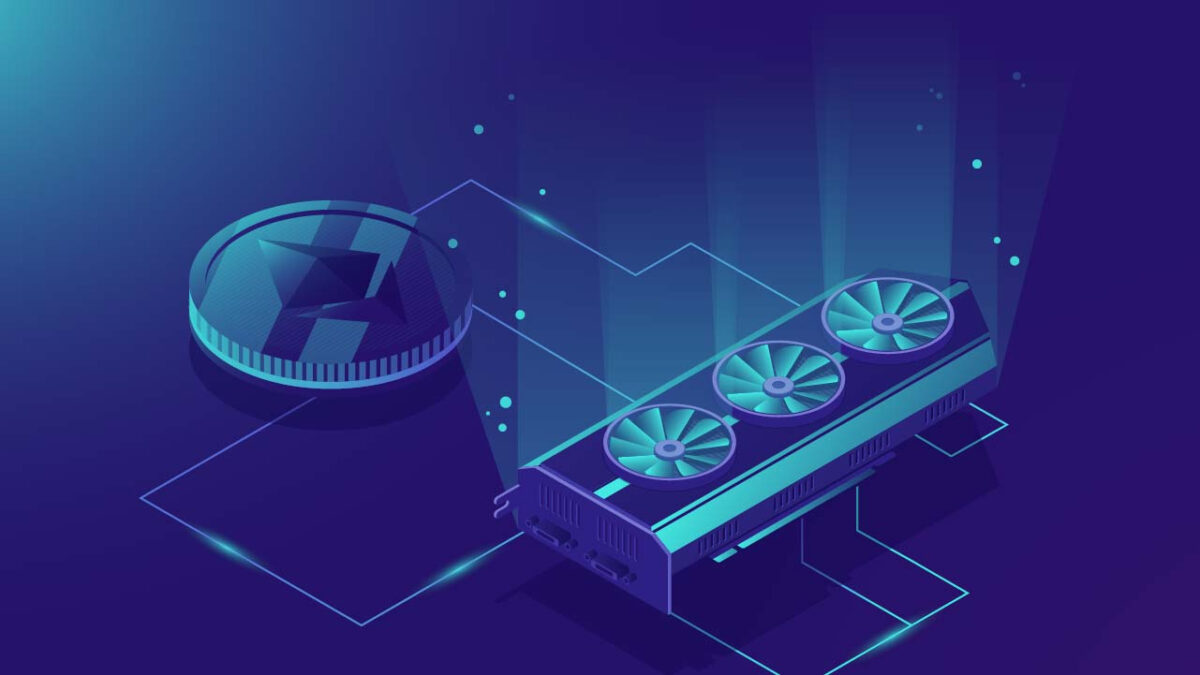A single Ether (ETH) miner hit it big when they mined a block on their own and received a reward of $540,000.
On Monday, the miner mined a full block and received 168 ETH while mining in the 2Miners: Solo pool. According to BitInfoCharts, this payment far exceeds the average per-block reward of around 4 ETH.
The size and hash power of the Solo pool only add to the reward’s extraordinary nature. With 854 miners online and 1.5 terahashes per second at the time of writing, the average miner provides 1.85 gigahashes per second (GH/s). Currently, the lucky miner contributes 2.25 GH/s, which may be generated with one to 20 of the latest GPU devices.
The amount of computer processing power a device gives to a proof-of-work blockchain like Ethereum or Bitcoin is referred to as hash power. By processing transactions and mining blocks, more hash power helps safeguard the network.
The Ethereum network’s fortuitous windfall is the third time in two weeks that a single crypto miner has struck it rich. On January 11, a Bitcoin (BTC) miner from the anonymous Solo CK solo mining operation earned 6.25 BTC for mining a full block on their lonesome.
Another solo miner, this time using Solo CK, mined a new block on Bitcoin with only one to three rigs two days later.
The chances of two little miners mining a whole block in the same week were believed to be 1 in 1 billion.
Since hitting an all-time high of $0.282 on May 12, 2021, the average daily profitability of Ethereum mining has been declining. According to BitInfoCharts, average profitability has reached $0.0474. The Ethereum Improvement Proposal 1559, which burns fees rather than dispersing them to miners, is largely to blame for this.
The chances of two little miners mining a whole block in the same week were believed to be 1 in 1 billion.
Since hitting an all-time high of $0.282 on May 12, 2021, the average daily profitability of Ethereum mining has been declining. According to BitInfoCharts, average profitability has reached $0.0474. The Ethereum Improvement Proposal 1559, which burns fees rather than dispersing them to miners, is largely to blame for this.
When the Ethereum network completes “the merge,” referring to its transition to a proof-of-stake (PoS) consensus method, a jackpot prize like the one earlier this week may become a thing of the past. Network stability is maintained by PoS by staking coins. The network’s electrical resource requirements will be reduced as a result of this.
